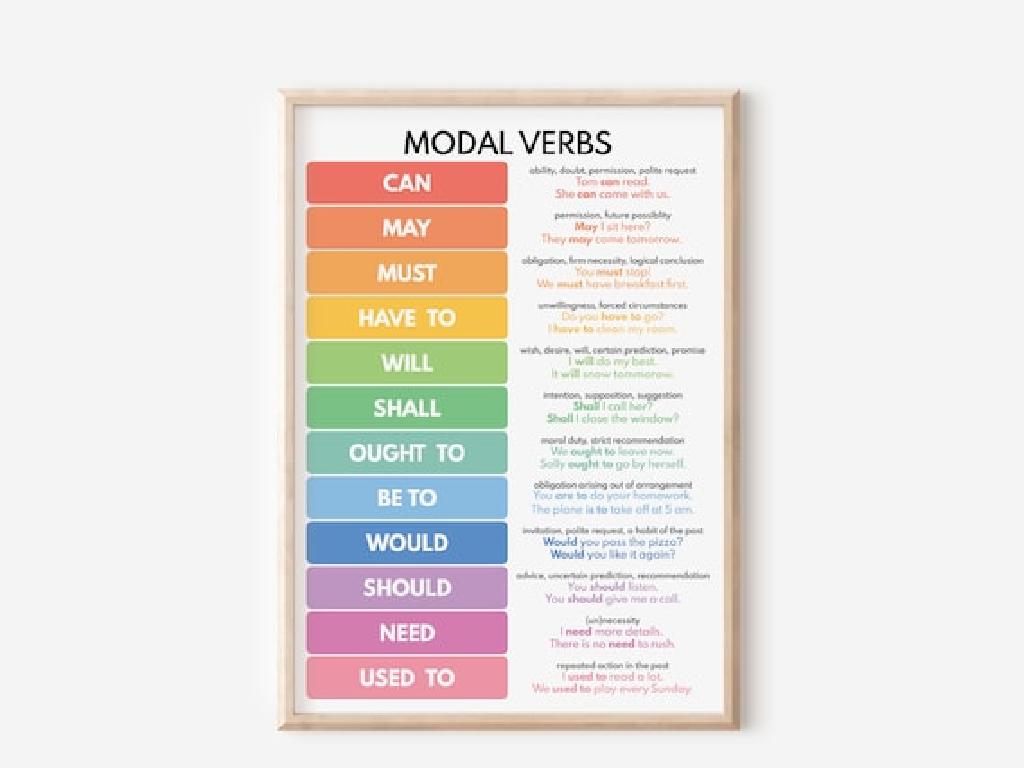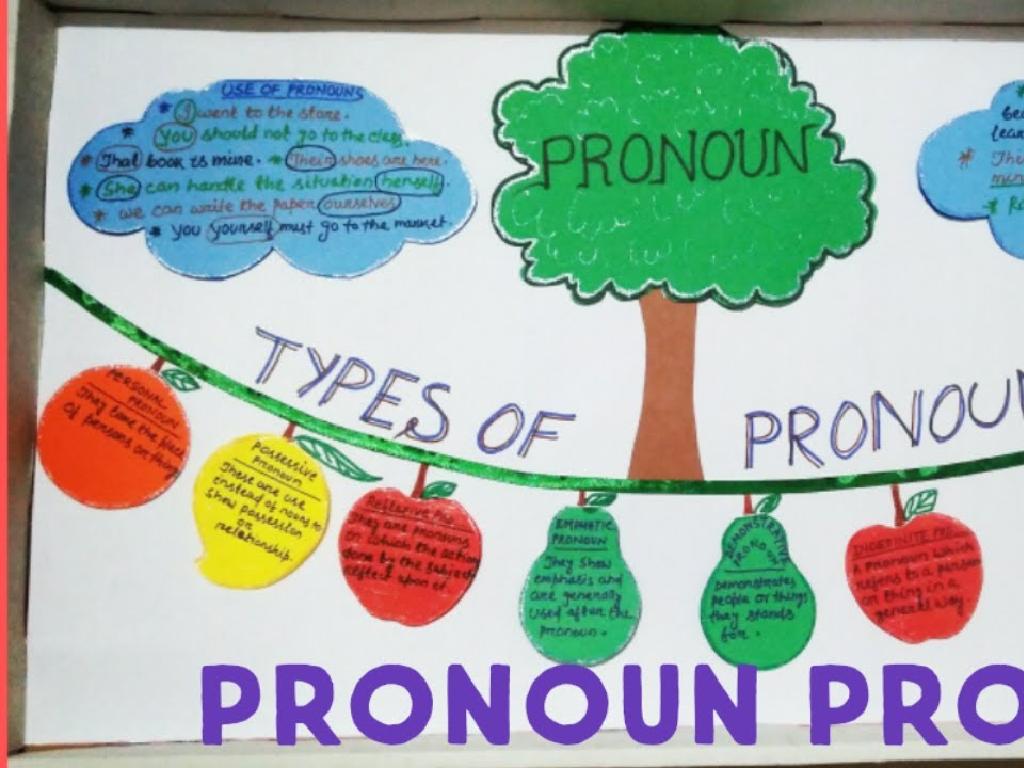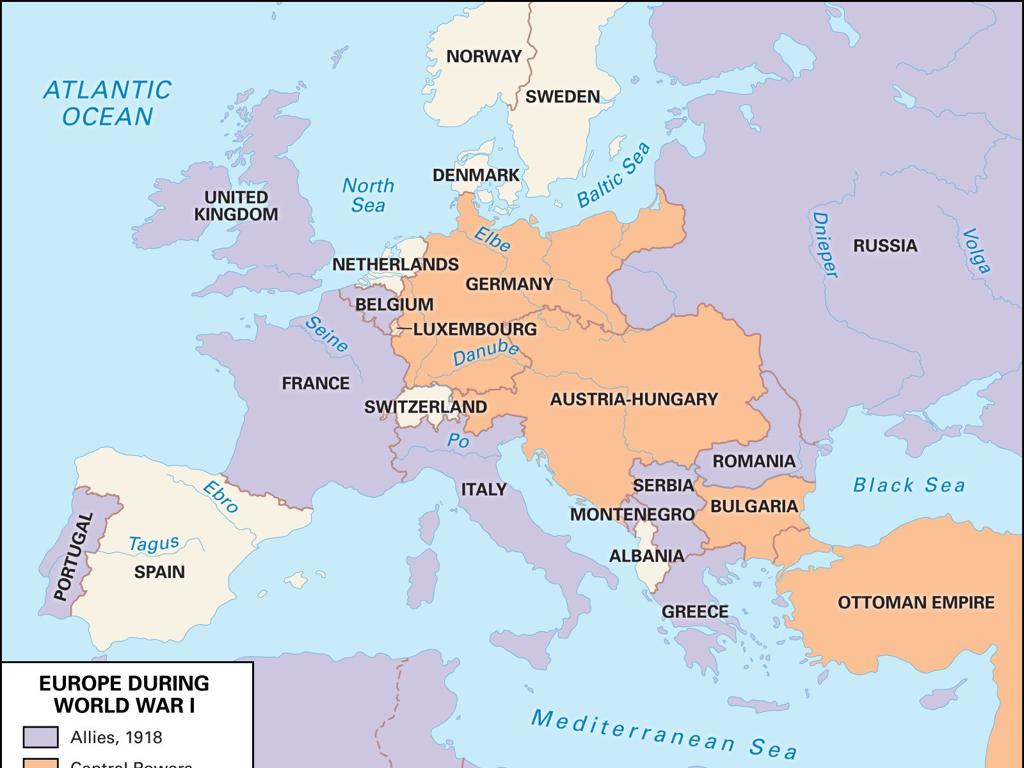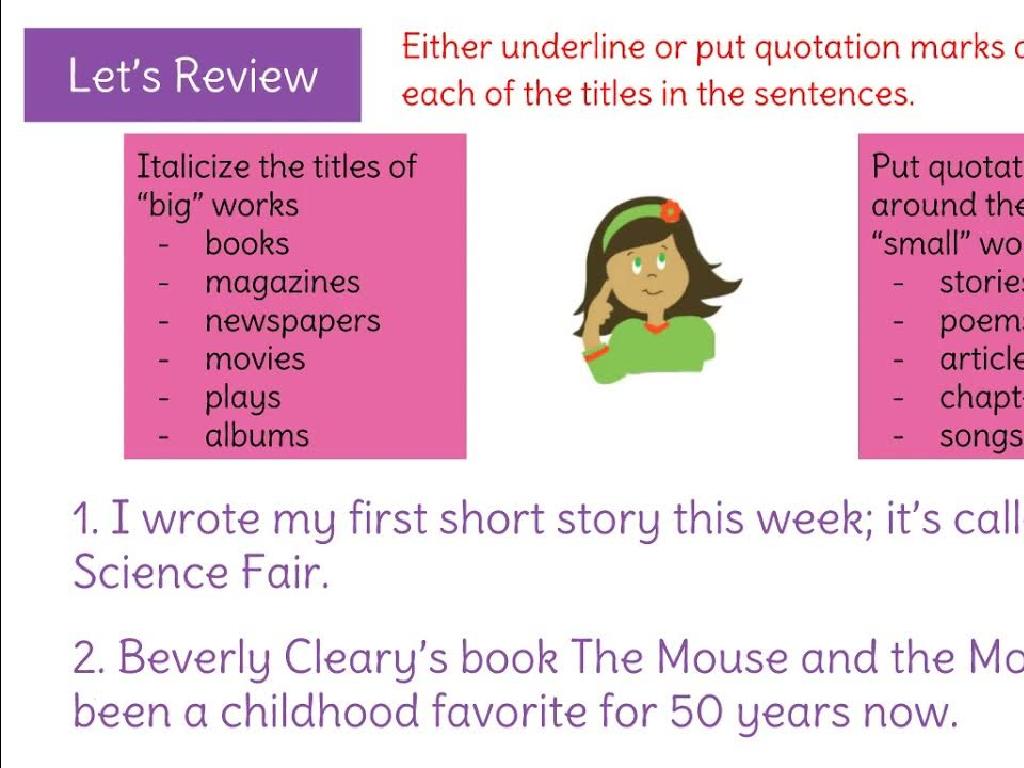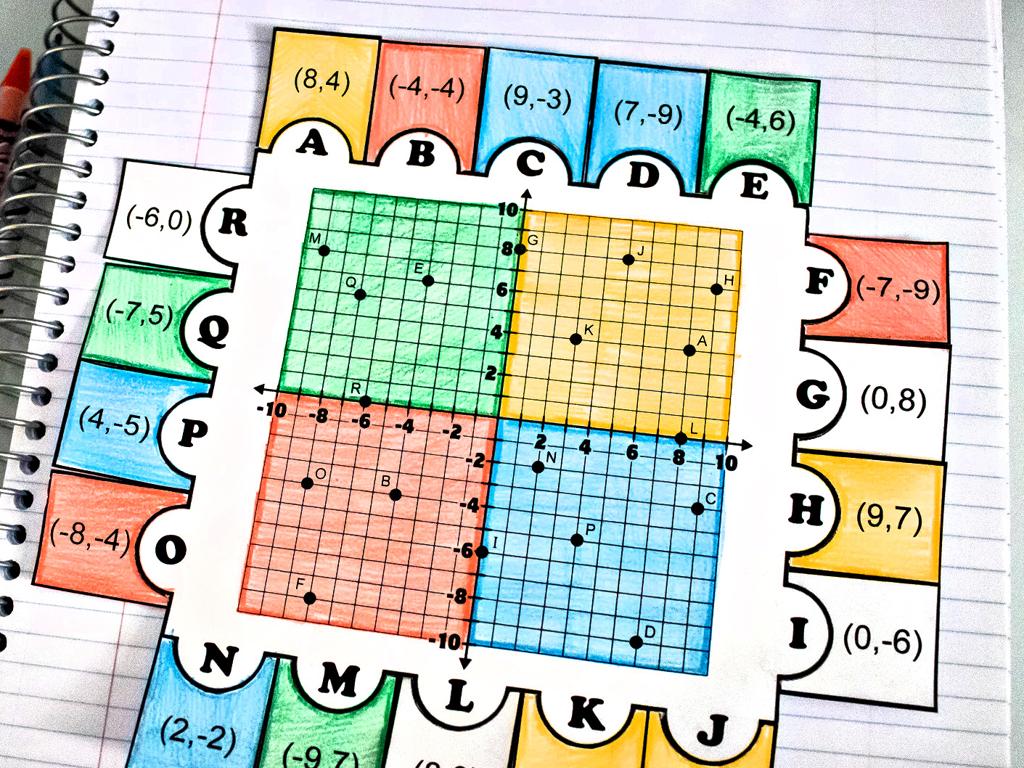Surveys Of History
Subject: Arts and humanities
Grade: High school
Topic: Us History
Please LOG IN to download the presentation. Access is available to registered users only.
View More Content
Surveys of U.S. History: An Overview
– Grasping history’s broad strokes
– Understand the general progression and patterns of U.S. history.
– Exploring key U.S. historical eras
– Delve into pivotal periods: Colonial, Revolutionary, Civil War, and Modern Era.
– Significance of surveys in history
– Surveys help synthesize vast historical information into digestible segments.
– Engaging with our collective past
|
This slide introduces students to the concept of surveying U.S. history, emphasizing the importance of understanding the overarching themes and patterns that have shaped the nation. It’s crucial to convey that a survey approach allows us to grasp the broad strokes of history without getting lost in the details. Highlight key eras that have defined the U.S., such as the Colonial period, the Revolutionary War, the Civil War, and the Modern Era, and discuss how each era contributes to the current societal landscape. Explain that surveys are essential for providing a structured understanding of history, making it easier for students to connect historical events and recognize their impact on the present and future. Encourage students to think critically about how these eras reflect changes in society, politics, and culture.
Exploring Historical Surveys
– Define a historical survey
– A broad overview of major events, themes, and developments over time.
– Purpose of surveying history
– To gain a comprehensive understanding of past societies, cultures, and events.
– Historical surveys in academia
– Courses that cover extensive periods or a specific theme in history, like ‘Survey of American History’.
– Benefits of understanding history
|
This slide introduces the concept of a historical survey, which is essential for students to understand the breadth and scope of history as a discipline. A historical survey provides a wide-angle view of history, allowing students to see patterns and connections across different periods. The purpose of such surveys is to build a foundational understanding of historical context, which is crucial for any further specialized study. Examples from academia could include survey courses offered at the high school or college level, which often span large time frames or focus on significant events or themes. Emphasize the value of historical surveys in developing critical thinking skills and understanding the present by examining the past.
Pre-Colonial and Colonial America
– Life before European contact
– Indigenous cultures thrived with complex societies.
– Colonization’s impact on Natives
– Disease, displacement, and conflict transformed Native life.
– Thirteen Colonies’ development
– Economic, social, and political foundations were laid for future states.
|
This slide aims to provide an overview of the early stages of American history, focusing on the period before and during European colonization. Begin by discussing the rich and diverse societies that existed in America before Europeans arrived, emphasizing the sophistication of indigenous cultures. Then, address the profound and often devastating impact European colonization had on Native American peoples, including the spread of diseases to which they had no immunity, loss of land, and cultural upheaval. Lastly, outline the development of the Thirteen Colonies, which laid the groundwork for the United States, discussing the various factors that contributed to their growth and the regional differences that emerged. Encourage students to consider the long-term effects of these historical events on the present-day United States.
The American Revolution: A Turning Point in History
– Causes of the American Revolution
– Taxation without representation and quest for autonomy sparked the revolution.
– Key battles and their impacts
– Battles like Lexington and Concord, and Saratoga shaped the war’s outcome.
– The Declaration of Independence
– A formal statement of the colonies’ intent to separate from Britain.
– Significance of the Declaration
– It laid the foundation for US democracy and inspired global movements.
|
This slide aims to provide an overview of the American Revolution, highlighting the causes, major battles, and the pivotal role of the Declaration of Independence. Discuss the economic and political tensions that led to the revolution, such as the Stamp Act and the Boston Tea Party. Emphasize the significance of battles that were turning points in the war, particularly the first shots at Lexington and Concord and the victory at Saratoga. Explain how the Declaration of Independence articulated the colonies’ reasons for seeking independence and its lasting impact on the principles of liberty and self-governance. Encourage students to reflect on how these events have shaped the nation’s identity and the global perception of democracy.
The Formation of a New Nation
– Crafting a new government
– Overcoming challenges of self-governance post-independence
– The U.S. Constitution’s innovation
– The Constitution introduced radical ideas of federalism and checks and balances
– Federalist vs. Anti-Federalist
– Federalists supported a strong central government, Anti-Federalists advocated for states’ rights
– Debates shaping democracy
– These debates were crucial in forming the foundation of U.S. democratic principles
|
This slide delves into the early struggles of the United States to establish a functioning government after gaining independence. Highlight the significant challenges the founding fathers faced in creating a new system of governance. Discuss the groundbreaking nature of the U.S. Constitution, emphasizing its departure from traditional governance with its introduction of federalism and a system of checks and balances. Explore the pivotal Federalist vs. Anti-Federalist debates, explaining how these arguments over the balance of power between the federal government and the states were essential in shaping the nation’s democratic ideals. Encourage students to consider how these early debates continue to influence American politics today.
Expansion and Conflict in U.S. History
– Manifest Destiny ideology
– Belief that U.S. expansion was justified and inevitable, leading to Westward Expansion
– Civil War: origins and impacts
– Rooted in slavery and states’ rights, resulting in profound national changes
– Reconstruction era overview
– Period of rebuilding and integrating the South back into the Union after the Civil War
– Post-Reconstruction challenges
– Racial tensions and segregation laws emerged, shaping future societal issues
|
This slide delves into the period of American history characterized by territorial expansion and internal conflict. Manifest Destiny was a widely held belief that American settlers were destined to expand across the continent, which justified the Westward Expansion. The Civil War, the most significant conflict on American soil, had deep-rooted causes primarily centered around slavery and states’ rights, and its consequences were far-reaching, leading to the abolition of slavery and a redefinition of federal and state relationships. The Reconstruction era was a complex time of rebuilding the nation and integrating the Southern states back into the Union, with varying degrees of success and failure. The aftermath of Reconstruction saw the rise of Jim Crow laws and set the stage for the civil rights struggles of the 20th century. Encourage students to consider how these historical events have shaped modern American society and to discuss the long-term effects of these pivotal moments in history.
The 20th Century: A Transformative Era in US History
– America’s involvement in World Wars
– From isolation to a global superpower, WWI and WWII reshaped America’s global position.
– Impact of the Great Depression
– Economic crisis that led to widespread unemployment and poverty.
– New Deal policies and effects
– FDR’s response to economic turmoil, introducing social and economic reforms.
– Civil Rights Movement milestones
– Key events and figures that fought for equality and justice in American society.
|
This slide provides a high-level overview of the major events and shifts in the United States during the 20th century. Discuss America’s transition from isolationism to becoming a world leader through its involvement in the World Wars. Highlight the causes and consequences of the Great Depression, and how the New Deal aimed to address economic recovery and social welfare. Finally, delve into the Civil Rights Movement, discussing the struggle for social justice and the key figures who led the charge for change. Encourage students to reflect on how these events have shaped modern America and to consider the interconnectedness of historical events.
Contemporary America: Post-Cold War Developments
– Post-Cold War America overview
– Era after 1991, marked by new global dynamics
– Technological advances shaping society
– Internet revolution and mobile tech
– Analyzing current social issues
– Issues like social justice, healthcare, education
– Exploring current political climate
– Political polarization, elections, governance
|
This slide aims to provide students with a snapshot of the most recent period in US history, starting from the end of the Cold War to the present day. Discuss the shift in international relations and domestic policies post-1991. Highlight how technological innovations, especially the internet and smartphones, have transformed everyday life and the economy. Delve into pressing social issues such as racial equality, healthcare reform, and the state of education. Lastly, touch upon the current political landscape, discussing polarization and the impact of recent elections on governance. Encourage students to think critically about how these elements interplay to shape contemporary America.
Why Study History?
– Learn from past to shape future
– Analyzing historical events helps us make informed decisions for the future.
– History defines personal identity
– Our cultural backgrounds and values are deeply rooted in historical narratives.
– History’s impact on current events
– Events from the past often influence the political and social dynamics of today.
– Understanding historical context
|
This slide aims to address the importance of studying history within the context of high school Arts and Humanities. It’s crucial to convey that history is not just about memorizing dates and events, but understanding the lessons learned from the past to make better decisions for the future. Highlight how personal and cultural identities are shaped by historical events and narratives. Discuss how current events are often a reflection or consequence of past actions, emphasizing the importance of historical context in understanding the world around us. Encourage students to think critically about how history affects their lives and the society they live in.
Class Activity: Crafting Historical Surveys
– Divide into groups for survey creation
– Select a US historical period
– Develop a survey on key events and figures
– Include major milestones, influential leaders, and pivotal moments
– Present your survey to the class
– Share insights and understanding of the period through your survey
|
This activity is designed to engage students with US history by having them work collaboratively to create a survey of a specific historical period. Each group should choose a different time frame to ensure a wide range of US history is covered. Encourage students to research thoroughly and include significant events, key figures, and the impact of these on the course of history. The survey should be concise yet informative. When presenting, students should explain why they chose each event or figure and what they learned about the period through this exercise. Possible periods include the Revolutionary War, Civil War, the Great Depression, or the Civil Rights Movement. This will help students develop research skills and a deeper understanding of historical context.

